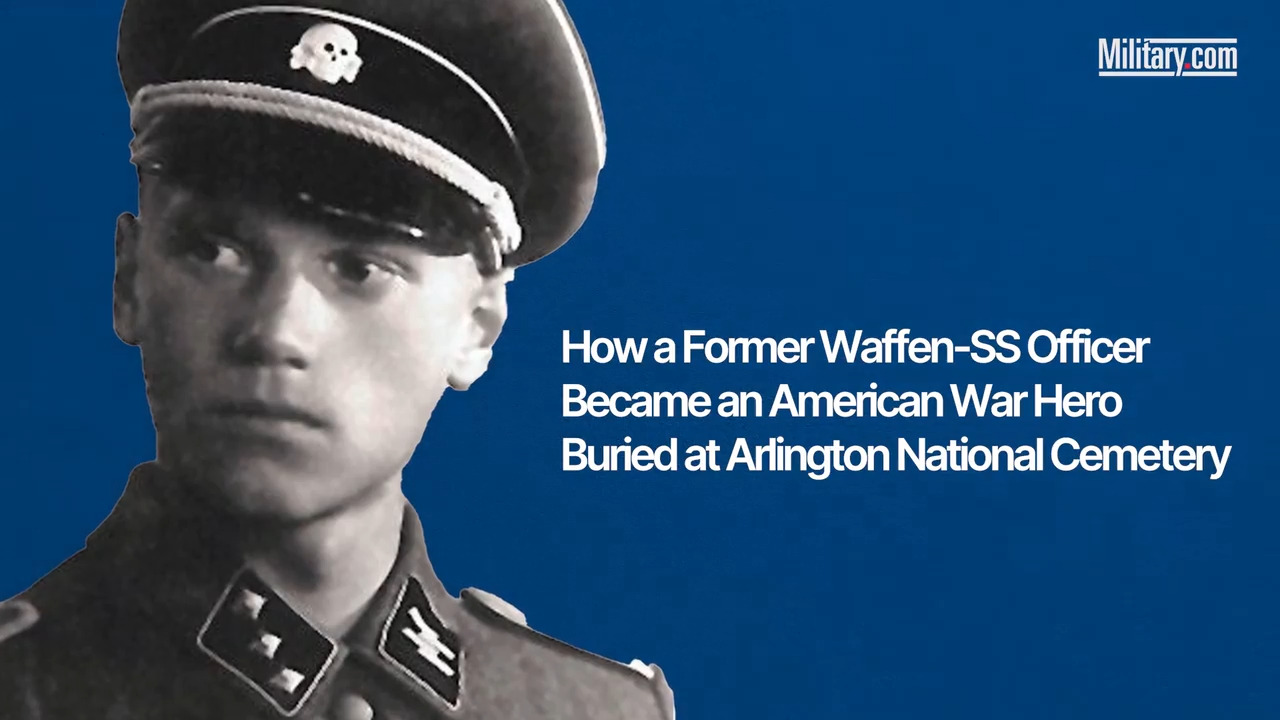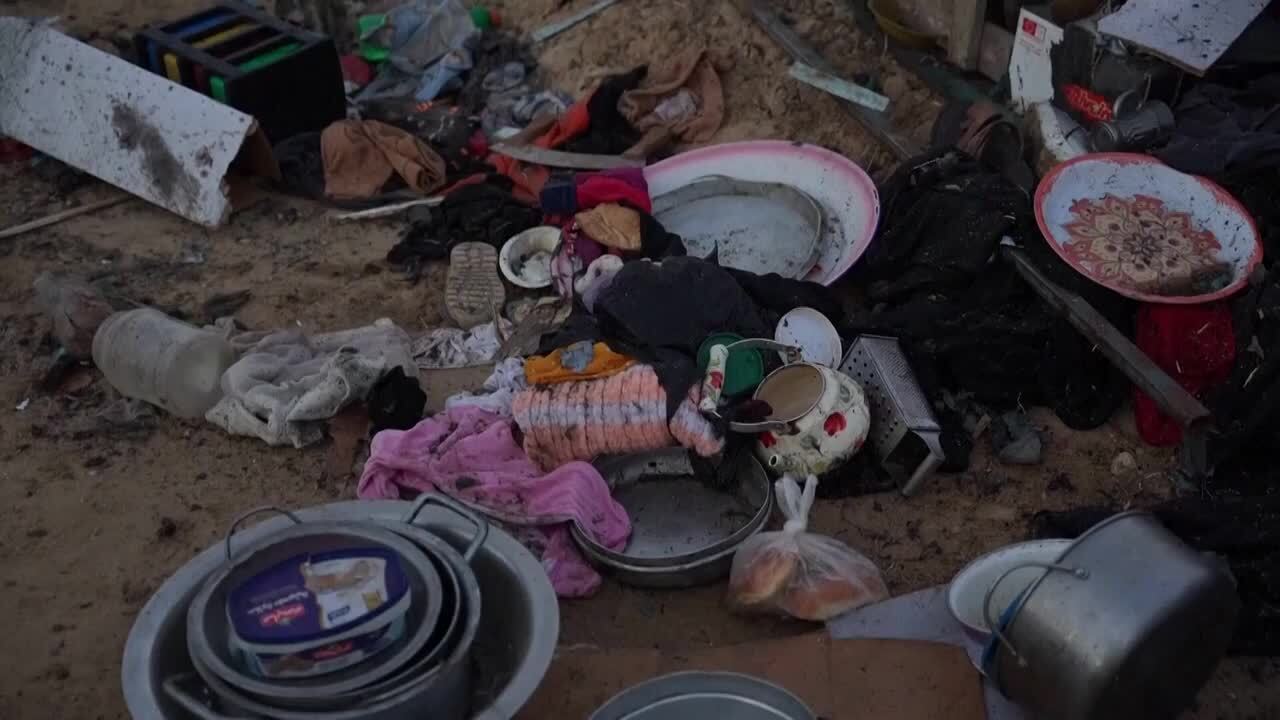To arms, citizens: The emperor has returned. This time, however, he'll stick around a lot longer than 100 days. A trailer for "Napoleon," the latest historical epic from director Ridley Scott, was just released, and it appears to cover the entirety of the French emperor's career, rather than focusing on just a small part of his life.
The trailer begins with the execution of Marie Antoinette amid the French Revolution, which would see the rise of Napoleon Bonaparte from an artillery commander of the French Republic, to general and then, of course, to his crowning himself emperor of the French. In the trailer for the upcoming movie starring Joaquin Phoenix (reuniting with Scott for the first time since 2000's "Gladiator"), we get a glimpse of a few key battles, each a closer step toward the throne.
1. Siege of Toulon
In 1793, Napoleon Bonaparte was still a relative nobody, and the French Republic was still fighting for its life. In Toulon, the pro-republic leaders were ousted and royalists took control of the city. They also requested the help of England and Spain, which sent a combined naval force there. Even worse for the republic, Toulon held dozens of French warships. The revolution would not survive the loss of the city.
Bonaparte was not in command at Toulon; he began the battle as a captain, but he was critical to the republic's victory. He not only turned his makeshift artillery unit into a force to be reckoned with. It was his plan that shaped the entire siege. He would be wounded leading a nighttime assault on a British-held fort, earn a promotion to colonel and capture the attention of the French government..
2. 13 Vendémiaire
By 1795, Napoleon was a general in the republic's army, but both his future and that of the republic were not looking bright. The republic began to make a lot of enemies around France after Toulon, enemies who joined the Royalist cause. In October 1795, a Royalist force, allied with a Coalition of European monarchies, began to march on Paris -- and it looked like some Republican units might switch sides.
With 25,000 enemy soldiers approaching, the leaders of the revolution knew they were in deep: Paris could only muster 5,000 defenders. Napoleon, though down on his luck, came to Paris and was drafted into its defense by the commander of the city. Napoleon, artillery officer that he was, brought cannons into the streets and used grapeshot to repel the Royalists, then chased them down in a slaughter. It earned him national fame and won the revolution for the Republic.
3. Battle of the Pyramids
After the uprising of 13 Vendémiaire, Napoleon took command of the Army of Italy, conquered most of Italy and the Low Countries, then spent a few months knocking Austria around, all in less than two years. He set his sights on Britain next, but he didn't have the navy for an invasion, so he hit the British in their pocketbooks. He attacked Egypt to cut the British off from India.
In July 1798, Napoleon landed in Egypt and fought and defeated the ruling Mamluks at the Battle of the Pyramids, giving him control of much of the country. From there, he moved east into the Ottoman Empire, where he began a brutal conquest of what is today much of Israel. He was stopped at Acre (called Akko today). But while Napoleon had been fighting the Mamluks, British admiral Horatio, Lord Nelson had destroyed the French fleet at the mouth of the Nile River
4. Battle of Austerlitz
While Napoleon was away, France was being beaten by a Second Coalition of European monarchies that threatened the republic's survival yet again. He returned, overthrew the government and ruled as a de facto dictator and led the French on an offensive campaign. He crowned himself emperor and formed the Grande Armée. After a brief peace, he conquered much of Europe against the Third Coalition.
Near the village of Austerlitz, Napoleon met two other emperors and their armies, Tsar Alexander I of Russia and Emperor Francis II of Austria. Napoleon crushed the center of the Allied army and marched outward across both flanks. Amid the battle, he lured the Russians onto a frozen body of water, and used artillery to destroy the ice under their feet, as depicted in the "Napoleon" trailer.
5. Battle of Waterloo
Napoleon led a disastrous invasion of the Russian Empire in 1812, which eventually led to his capture and exile to the island of Elba, in the Mediterranean. He eventually escaped, landed on French soil, and when confronted by troops "loyal" to the restored monarch, he approached them by himself and dared them to kill him. They joined him instead. As he marched on Paris, his army only grew. By the time he arrived, the king had fled and Napoleon was emperor again.
Great Britain, Russia, Austria and Prussia immediately declared war and raised more than half a million men to fight the French. Rather than wait for an invasion, he went on the offensive with 200,000 men, which started off well for France. The end result, however, was the Battle of Waterloo, where the British Duke of Wellington held out against repeated French attacks, almost losing -- but held on long enough for the Prussians to arrive and defeat Napoleon.
“Napoleon,” starring Joaquin Phoenix and directed by Ridley Scott, will be in theaters on Thanksgiving 2023.
-- Blake Stilwell can be reached at blake.stilwell@military.com. He can also be found on Facebook, Twitter, or on LinkedIn.
Keep Up With the Best in Military Entertainment
Whether you're looking for news and entertainment, thinking of joining the military or keeping up with military life and benefits, Military.com has you covered. Subscribe to the Military.com newsletter to have military news, updates and resources delivered straight to your inbox.

















